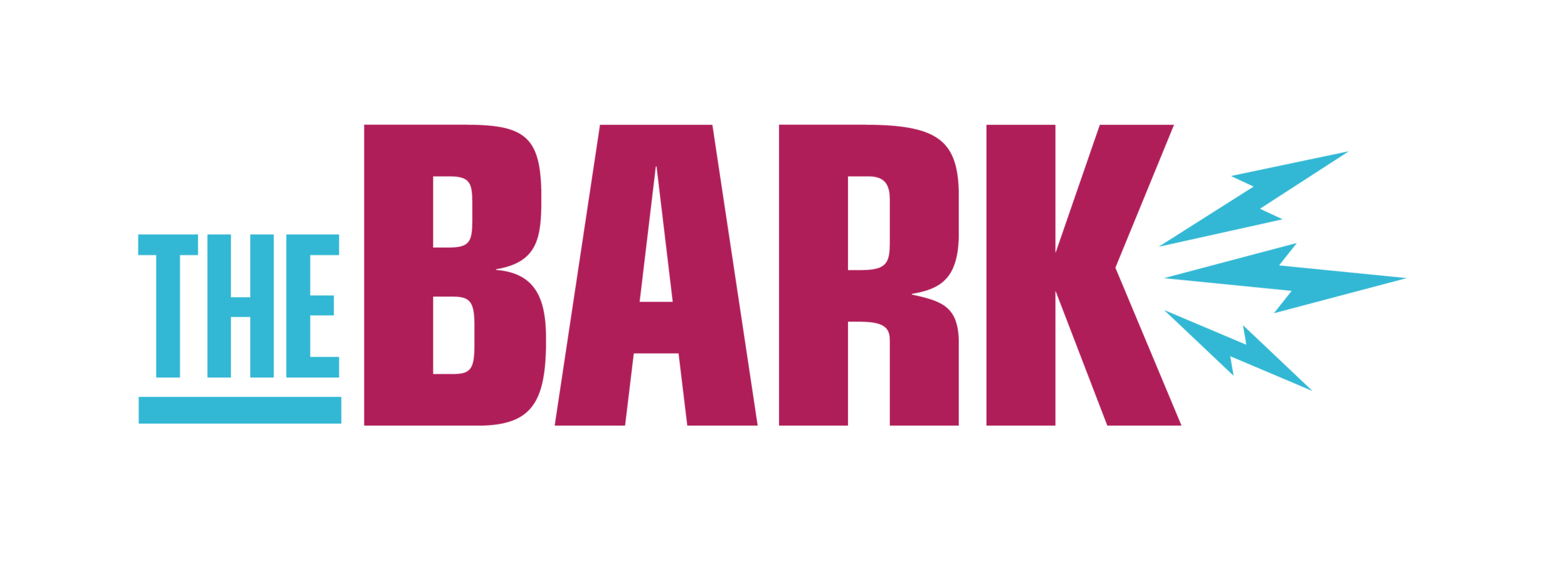Black Student Association creates community on campus
Written by Hannah Cornish | Archived Nov. 10, 2020
The exterior of the BSA cube in the Multicultural Center at UMD. Photo courtesy of Hannah Cornish
UMD’s Black Student Association (BSA) is one of the 15 organizations that are part of the Multicultural Center on campus. According to co-president Marquise Diamond, BSA has about 70 active members.
“BSA exists as a place for students to meet people, feel a little bit more like home, and also bring awareness to UMD,” Diamond said.
Marquise Diamond is one of the two co-presidents of the Black Student Association at UMD. Photo courtesy of Hannah Cornish
She said that there are many people at UMD who may not have interacted with black communities previously. Their organization tries to share Black and African cultures with the community. The BSA puts on three large events every year: Date-a-palooza, Soul Food Night and African Night.
Diamond said she joined BSA after attending an event when she first came to UMD.
“I went to a Kirby Takeover my freshman year,” Diamond said. “It was nice to see people of color because you don’t really get to see a lot here.”
Diamond said that Kirby Takeovers started before the creation of the Multicultural Center. In the past, the BSA wanted a space for their organization, so they would ‘take over’ Kirby Lounge. The Multicultural Center was created in 1998 and BSA was one of the original organizations.
“We are working on getting Kirby takeovers started again and doing that every month,” Diamond said.
Isaac Bukenya is originally from Uganda. He also became a member of BSA during his freshman year.
“It’s a good place to hang around people that you can relate to. Coming from an international community, it’s comforting to be around other black people on campus,” Bukenya said.
“BSA is a way to meet people. Without the Multicultural Center, we’d all feel so isolated. It would be much harder to meet people of color. Most of our members come from the cities so it is a huge culture shock to come here,” Diamond said.
As of fall 2017, about 12 percent of current UMD students identified as people of color, according to the university’s student profile.
Both Diamond and Bukenya said they have experienced times where they have felt uncomfortable on campus based on the way they were treated because of their race.
Diamond said that she is one of two black people in her entire program and is sometimes singled out in class.
“I can’t speak for everyone, so that’s a little awkward when they want me to generalize something,” Diamond said.
Bukenya is an electrical engineering major and said that group projects can be difficult.
“I can probably count the number of black people on my hand, so every class I'm in, I’m probably the only black person,” Bukenya said.
“It’s just the feeling I get from some of my classmates. Sometimes I’ll make a suggestion and it’s clearly overlooked. Then somebody else will say the same thing and everyone will agree,” Bukenya said. “Those tiny little things really affect you and you feel like you don’t really have a voice.”
One of the main findings of the 2016 Campus Climate Survey was that respondents of color said they felt less comfortable on campus than white respondents. Of the 3,238 total respondents, 54 respondents identified as Black/African-American.
The climate at UMD has its impact on members of the BSA.
“Every semester, a handful of our members will end up transferring,” Diamond said. “It’s usually because of a combination of things but it often has something to do with the climate.”
According to the survey, 53 percent of all respondents of color seriously considered leaving UMD. In contrast, 30 percent of white respondents seriously considered leaving UMD
About 18 percent of respondents said they had personally experienced exclusionary conduct. As for the basis of the exclusionary conduct, 152 said ethnicity and 119 said racial identity.
“The Multicultural Center helps to give us the kind of climate we want, but we still feel secluded,” Diamond said. “It’s like we’re in our own little bubble.”
Bukenya said he feels the Multicultural Center does a lot for people of color but does not really help the campus climate as a whole.
“[The Multicultural Center] is meant to be a place of comfort for people of these organizations but it’s also meant to bridge the gap between the majority,” Bukenya said. “Not many people outside of the set denominations of the Multicultural Center really come in here.”
Diamond said that when she gets overwhelmed she will go to the BSA cube for comfort.
“You can kinda feel lonely so you go to BSA and you see people that you can relate to. It really brightens up your day,” Bukenya said.
To get involved with BSA:
Facebook: @BSAUMD
Twitter: @UMDBSA
Instagram: @UMDBSA
Office: KSC 270H




